
Why KEPCO will be hurt by Korea's reduced tariffs
Cashflow will be badly affected once this rolls out.
Last Tuesday, Korea’s Ministry of Trade, Infrastructure and Energy (MOTIE) reduced the number of rate brackets for residential electricity consumption and increased their range, effectively reducing tariffs. The revised tariffs will be retroactively applied from 1 December. The MOTIE also lowered the tariffs for educational use by around 20%.
Moody's says that this policy move is negative for Korea Electric Power Corporation, Korea’s sole state-owned integrated power utility, because it will weaken the company’s cash flow from operations and credit metrics in 2017-18.
The MOTIE estimates that the adjustments for the electricity ranges and brackets will lower residential tariffs by around 11.6% on average.
Here's more from Moody's:
We expect the reduction, as well as that for educational use, to reduce KEPCO’s consolidated annual funds from operations (FFO) by KRW1.1 trillion to KRW1.4 trillion in 2017-18 versus no adjustments. As such, we forecast KEPCO’s FFO/debt to weaken to 26%-28% in 2017-18 from our estimates of 30%-32% for 2016. Our assumption includes the absence of an unexpectedly strong rebound in fuel costs and/or a material reduction in coal-fired power plants’ capacity utilisation from 80%- 90% in 2015-16.
The MOTIE reduced the number of residential consumption brackets to three from six and increased the electricity volume range in each bracket to 200 kilowatts per hour (kWh) from the previous 100 kWh, which aims to help households avoid excessive electricity bills. The maximum difference in progressive charges between the lowest bracket and the highest bracket declines to 3.0x from 11.7x (see exhibit). We estimate that 70%-80% of households consume 101-400 kWh per month on average.Additionally, we believe the policy move demonstrates inconsistencies in the cost pass-through tariff system for KEPCO, which is a key credit weakness for the utility, particularly given that the effective tariff cut is being made amid likely higher fuel costs in 2017-18 over 2015-16 costs.
The inconsistencies will result in low predictability and stability of KEPCO’s operating cash flow. KEPCO recorded net losses in 2008-12, when fuel costs rose but the government did not allow tariff increases sufficient to cover the higher fuel costs because of its concerns that inflation would follow a large rise in tariffs and increase consumers’ financial burden. Since 2014, KEPCO has benefited from steady tariffs and a decline in fuel costs.
However, we do not expect that the inconsistent cost pass-through tariff system will have a material adverse effect on KEPCO’s credit quality over the next 12-18 months because increased power generation from the company’s new cost-competitive baseload nuclear reactors and coal-fired power plants will mitigate the tariff cut amid likely fuel cost increases. New baseload power plants with a capacity of around 13 gigawatts are scheduled to begin operations in the second half of 2016 and in 2017.
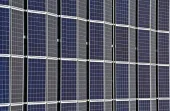


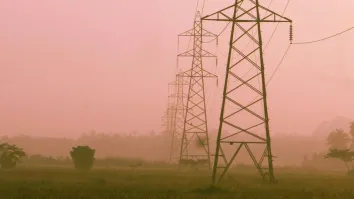
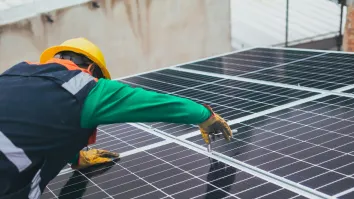





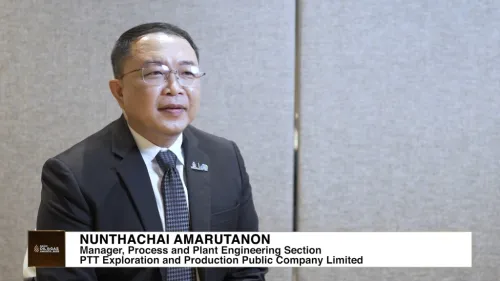


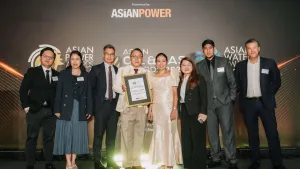





 Advertise
Advertise







